Keith Thomson's Blog, page 8
September 3, 2014
How Hepatitis can Help your Writing

In December 2002 I came down with a 103-degree fever. Oddly I felt fine. Six days later, I felt great, but my temperature remained 103. So I took my wife’s suggestion and went to the doctor (nowadays, with small children, we would have to have a 103-degree fever for twenty days before thinking of going to a doctor). It turned out that, as a result of eating the wrong burrito, I’d contracted the hepatitis A virus.
“You’ll need to spend six to eight weeks in bed,” the doctor said, a devastating blow because it would cost me a substantial movie rewrite job (at the time I was working as a screenwriter, essentially commuting to Los Angeles from Palo Alto).
It turned out hep A wasn’t all bad. Two of my favorite activities are sleeping and reading. How often do you get to spend two months doing nothing but? I could keep only toast down, and I suffered haunting, recurring dreams of cheeseburgers, but, all in all, I was delighted with the disease. My family and friends took this as delirium.
More than anything, hepatitis nudged me into doing research to fill out the pirate manuscript I’d begun that fall in the novel-writing class I took at Stanford’s School of Continuing Ed. Ships are complicated, and I didn’t know my bow from my poop deck. My story involved an extensive duel between a superyacht and a clipper sailed by a bunch of actual pirates hiding in plain sight as a troup of pirate reenactors. To write the clipper scenes, I needed to know how the craft was rigged and sailed, and I needed to know about most every part of it, because about most every part gets blown sky-high. While in bed, I read about forty maritime books, mostly non-fiction, from Stanford’s singularly extensive maritime library—in several instances, I was the first person to check out the book in half a decade. If I hadn’t had hep A, I don’t know when I could possibly have done all the research. Or that I would have ever done it. Or that the book would have sold (St. Martin’s published Pirates of Pensacola in 2004).
Now I’m a research junkie. Is that good? How much research is too much? At what point does research hinder writing, in terms either of time drain or diluting the creative process? How do you decide to go to a story location for research, or simply visit via YouTube? I don’t have the answer to any of these questions; I’m eager to know your thoughts.
In the interim, would I recommend hep A to other novelists? Absolutely. Just follow your doctor’s instructions closely or you could wind up getting published by Davy Jones.
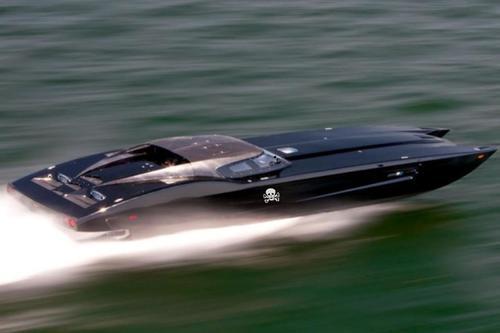
September 2, 2014
Thing of the Day: the Mini-cannon
I am prohibited from owning one (something about small children and the china cabinet), but not from posting photos and videos.


You can find mini-cannons online for $40-$50. They're not that tough to make. Some shoot BBs, other hurl a powerful .30 caliber cannonballs (a.k.a. 5/16" steel slingshot balls available at sporting good stores. They are constructed and work pretty much just like the Napoleonic-era cannons. You simply load readily available black powder like Pyrodex or Triple 7—or you can simply make your own powder from matchheads, tamp it with a pen, light a fireworks fuse, and you are ready for mini-battle.
Here's a mini-cannon in action:
Related links: Once a Spy
September 1, 2014
The Best Beach Day Ever…
…if you like planes and a breeze. These are actual photos from Maho Beach on the Dutch side of Saint Maarten.
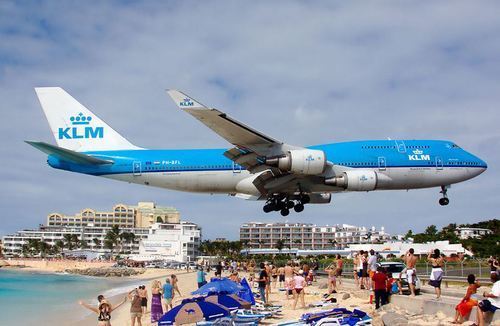


The beach's neighbor is Princess Juliana International Airport, where planes have to touch down as close as possible to the beginning of crazy-short Runway 10 (7,500 feet).
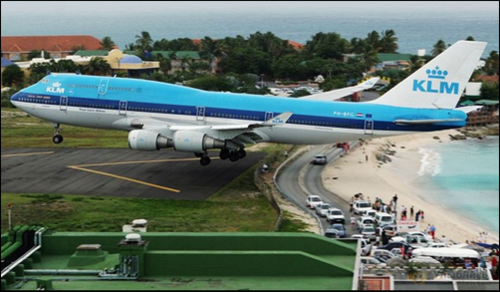

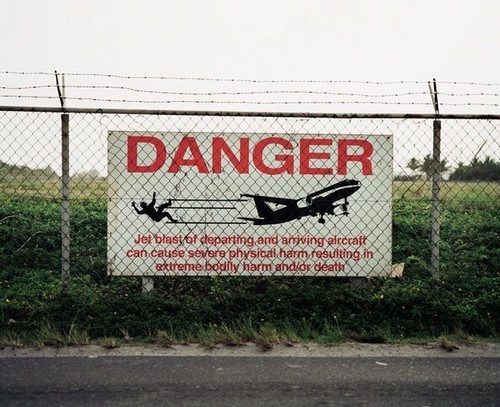
Related Link: A day at the beach gets Harrier
August 24, 2014
Unbelievable Glider Landing
You know the old adage that any landing you can walk away from is a good one? That was put to the test at a 2010 English air show by this Swift S-1 glider. A spectator snapped the following sequence.

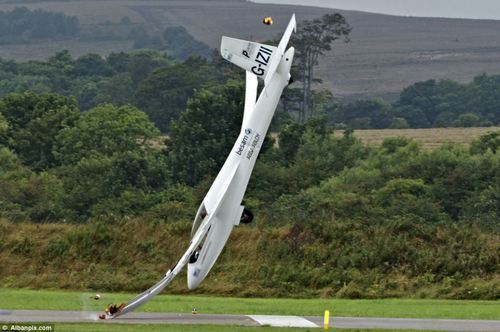




As you can see, the pilot crawled out of the wreckage.
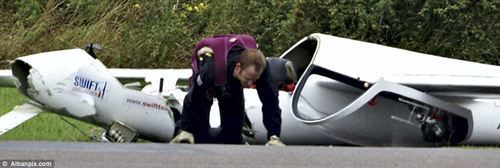
He suffered three broken vertebrae, but made a full recovery. Good landing?
Related: Amazing F/A-18 Crash; A Day at the Beach Gets Harrier
August 23, 2014
Best Eject Ever…
If you saw this crash landing sequence in an action movie, you'd curse the screenwriter while geting up and leaving the theater. What happened was, in 2009, a Harrier GR9A crashed on the runway at the Kandahar Air Base in Afghanistan and…

…You know what you've got to see this…
Related Link: Amazing F/A-18 Crash
August 20, 2014
50 Years Ago: First Flight of the Valkyrie
The XB-70 Valkyrie was a high-altitude deep-penetration bomber capable of Mach 3 and a contender for Coolest-Looking Plane Ever. It was designed in the 1950s and first flew almost 50 years ago—Sept. 21, 1964 to be exact—at which point it had been rendered obsolete by ICBMs. For more information and specs, see the National Museum of the Air Force site. For pictures and video, scroll down…
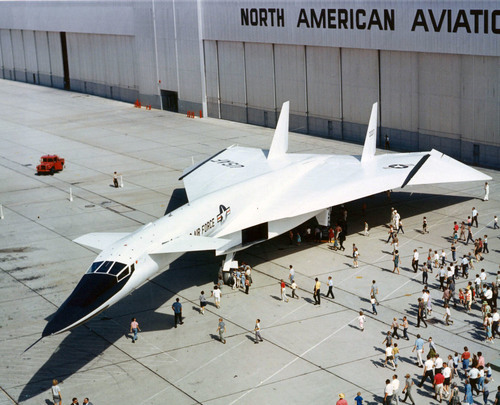
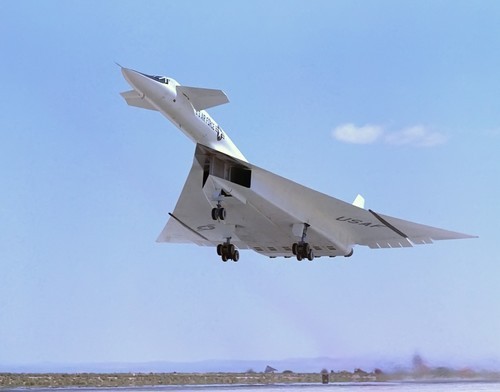
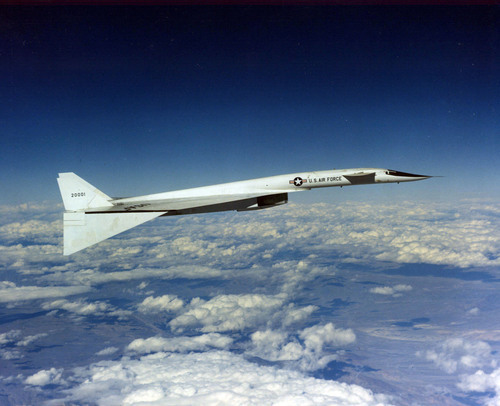
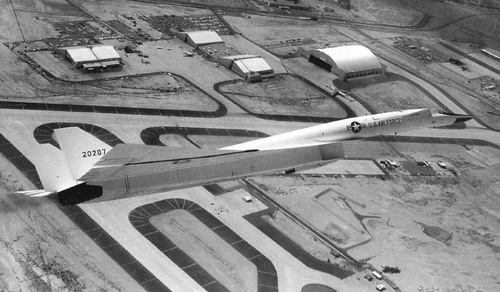
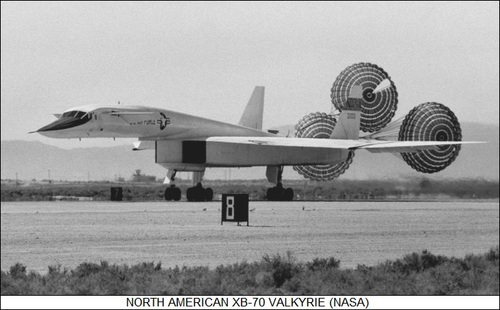
A second Val first flew on July 17, 1965, and famously crashed a year later following a mid-air collision (video below):
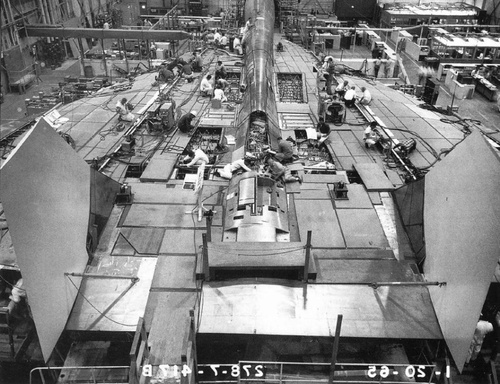

Related Link: SR-71 Blackbird page
August 17, 2014
The B-52 that Lost its Tail
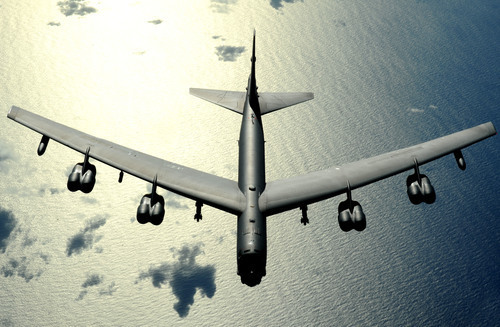
January 10, 1964 was supposed to be an ordinary day for the Wichita-based Boeing flight test group. As you may have surmised, it wasn't.
Cruising at 500 feet over a mountainous stretch of Colorado, their B-52H hit turbulence. Pilot Chuck Fisher climbed to 14,300 feet in hope of smoother air. He got the opposite. A monster gust whacked off the plane's vertical tail fin.
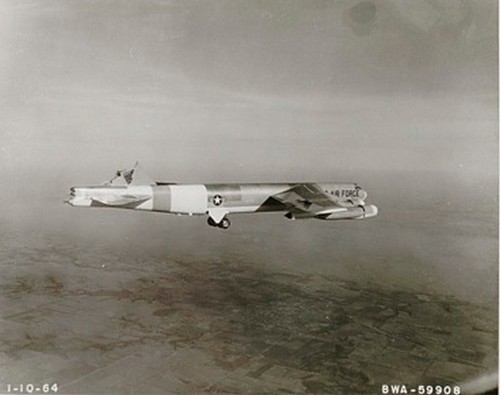
Fisher told the crew to prepare to abandon the plane. He descended to about 5,000 feet where they would bail out. Meanwhile the Federal Aviation Administration air traffic control centers at Denver and Kansas City cleared the air around the troubled plane, and emergency responders all over the Midwest raced to help.
Then a funny thing happened. The B-52 continued to fly without significant impediment. Fisher landed it in one piece—minus the tail—at Blytheville Air Force Base in Arkansas.
"The B-52 is the finest airplane I ever flew," he said.
Here's an Air Force video regarding the incident:
Related Links: Amazing F/A-18 Crash ; Once a Spy
August 16, 2014
Airliner Number 4

Norman Bel Geddes (1893-1958) was an accomplished industrial designer known for aerodynamic form than was as much about aesthetics as wind resistance. He began as a theatrical designer before venturing into furniture, cars, trains and aircraft. Perhaps his most innovative design was Airliner Number 4, a transatlantic boat with a 528-foot wingspan— a 747's is just under 200 feet.
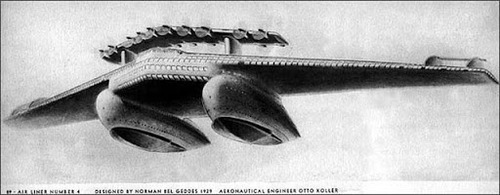
The proposal included twenty 1900-horsepower engines capable of lifting Airliner Number 4 to 5,000 feet and attaining a cruising speed of 100 mph. The 450 passengers could choose from nine decks including private dining rooms, a solarium, a gym, six shuffleboard courts, a dance floor, a library, and a concert hall.
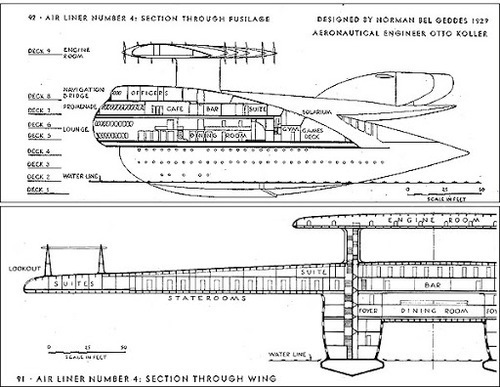

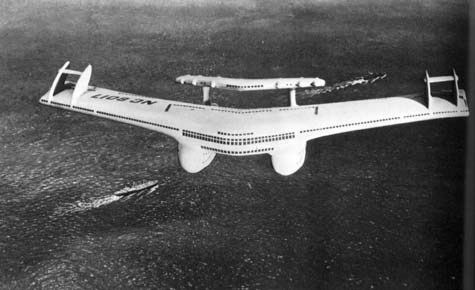
Airliner Number 4 mock-up
Along with the members of the orchestra, Airliner Number 4's 155-person crew included telephone operators, masseuses, manicurists, and—ahead of its time—a personal trainer.
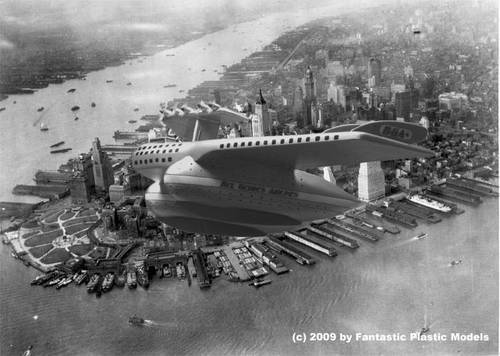
Unfortunately, Airliner Number 4 didn't make it much farther than the drawing board, but its legacy included Howard Hughes’ Spruce Goose.
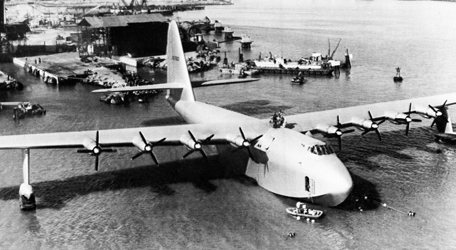
Below are photos of other Bel Geddes creations, including his his daughter, Barbara, a.k.a. Miss Ellie on Dallas.

Bel Geddes's 1939 World's Fair pavilion
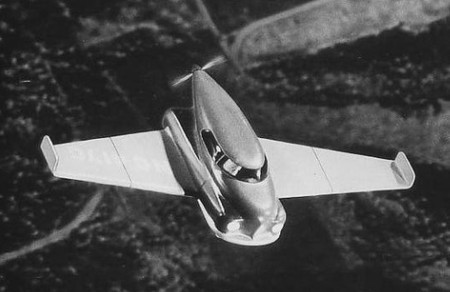
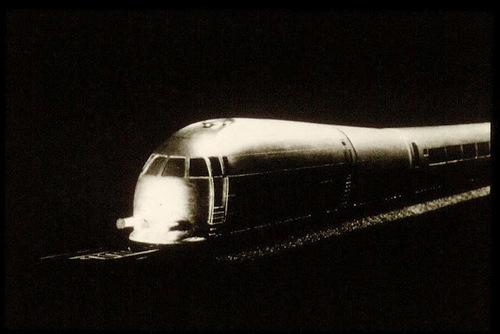
Locomotive Number 1
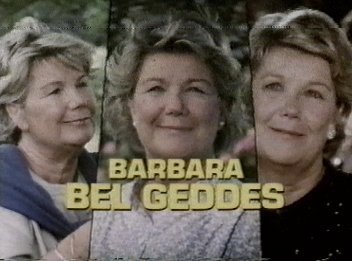
Related Links: Globemaster: A Lot to Love; 7 Grams of Lead
August 13, 2014
Planes
Don't know if I've ever mentioned this, but I am a plane fan. Without further ado, some pix:
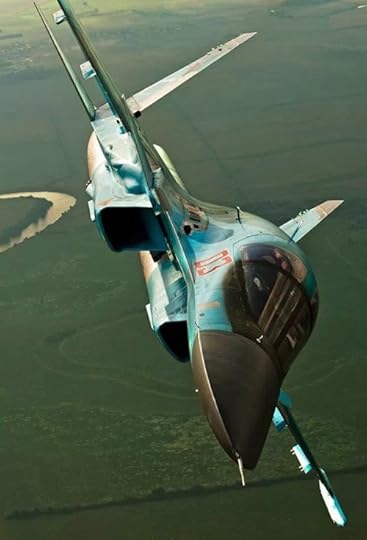
Su-34

Saab 35 Draken

Vanguard Omniplane

Blackbird

F-35

Caproni Ca.60 (yes, it flew)

Hawker Siddeley Harrier

MiG-29

P-51D

F-104 Starfighter
August 11, 2014
F-4 Phant—
Ever wonder what happens when an F-4 Phantom going 480 mph smashes into a 12-foot-thick reinforced concrete wall? So did researchers at Sandia Labs in 1998. Here's what they found out:
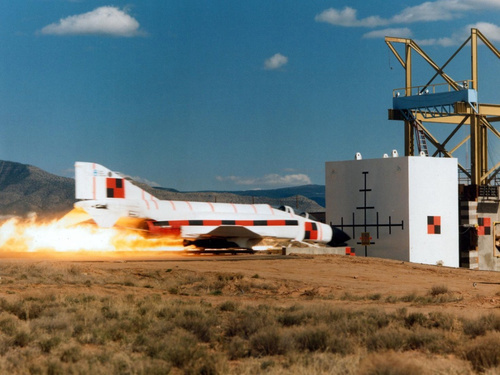


Answer: Not good (for a more scientific explanation, see Sandia.gov). Here's a slo-mo vid of same:
Related link: Amazing F/A-18 Crash



